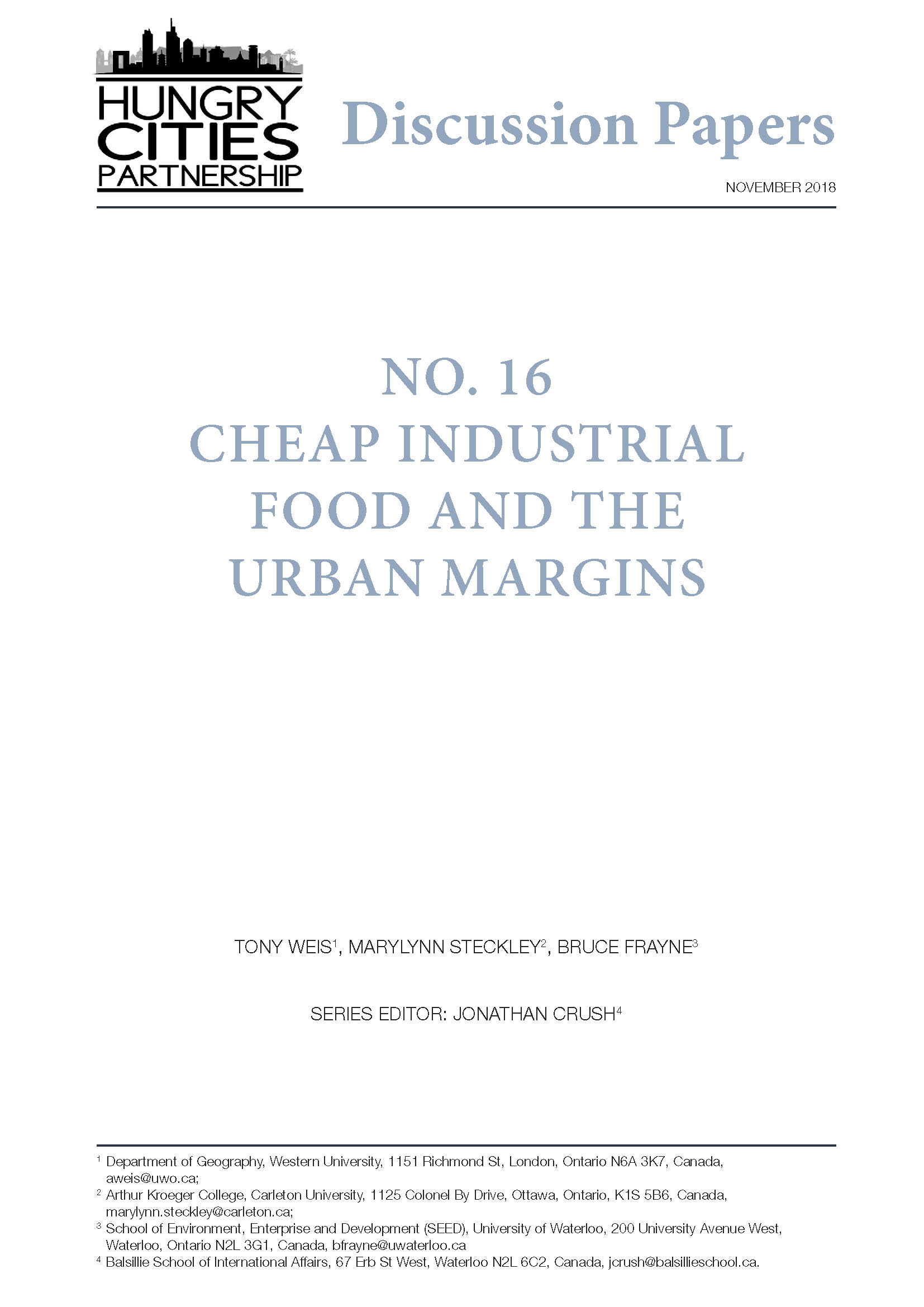From the middle of the 20th century onwards, the productivity gains associated with high-input, high- yield monocultures and livestock operations have become increasingly central to global food security and to dynamics of urbanization across the global south. On one hand, competition has deflated prices and helped undermine the viability of small farm livelihoods in many places. On the other hand, rising flows of cheap food have effectively subsidized urban migration in impoverished urban and peri-urban settings. But this cheapness is highly deceptive, as it hinges on the failure to account for an array of biological and physical costs – which can be seen as an implicit environmental subsidy – including heavy fossil energy consumption, greenhouse gas emissions, soil degradation, the loss of biodiversity, proliferating toxicity, rising pesticide and antibiotic resistance, the transformation and pollution of freshwater ecosystems, and the depletion of underground aquifers. Unpacking this implicit environmental subsidy and the mounting problems it masks reveals why the bounty of industrial agriculture is at once destabilizing and ultimately unstable, and poised to fade, and when it does it will not only affect rural landscapes and livelihoods but will raise profound questions about the scale of urbanization. To understand these problems together points to the urgent need to find ways to valorize more sustainable, land- and labour-intensive forms of agriculture in order to simultaneously feed cities better and contain their growth.

